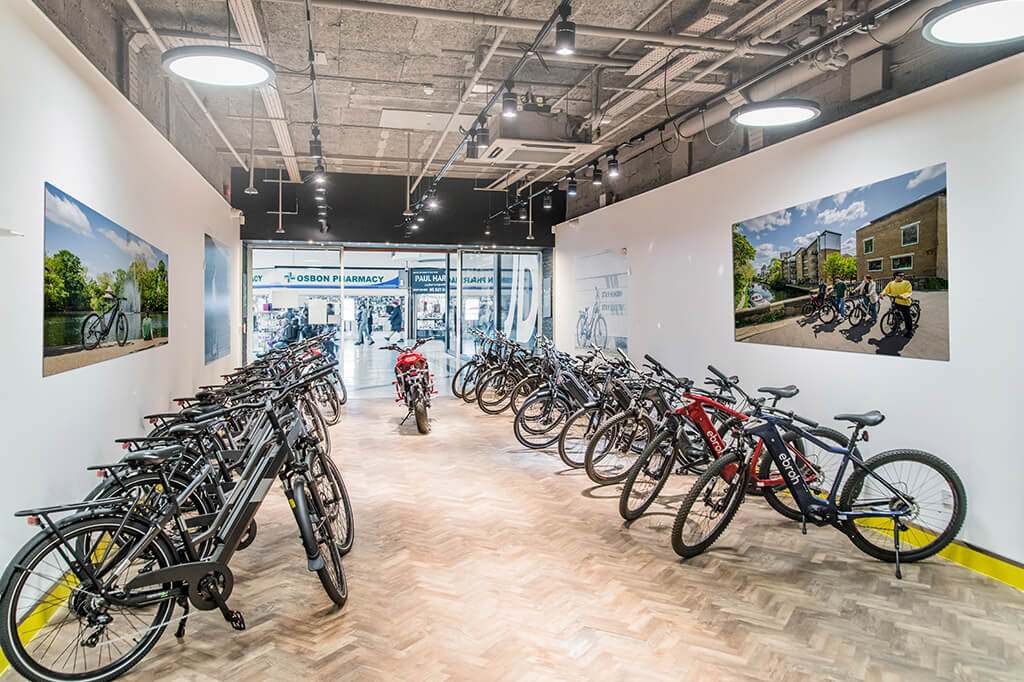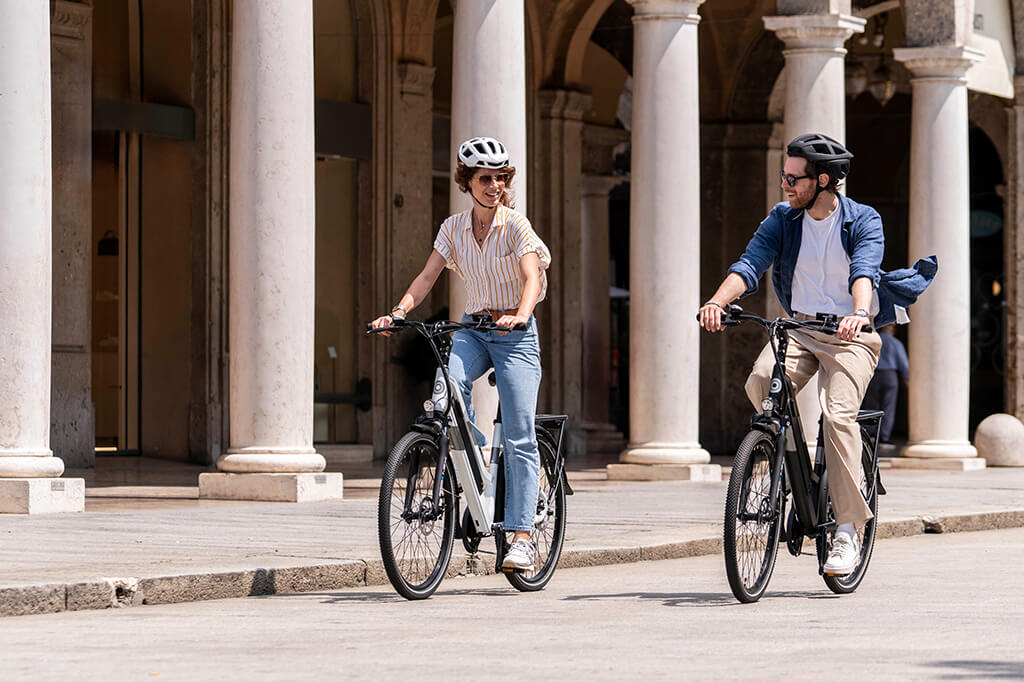The Future of Electric Bikes in the UK
The bicycle market in the UK is undergoing a resurgence, with projections from market research firm Mintel suggesting that sales of new bikes will approach £1 billion in 2024. Mintel anticipates a 12 percent increase in new bicycle sales for the year, with consumers in the UK expected to purchase approximately 2.1 million bikes. This positive outlook follows a period of turbulence in the British bicycle market, marked by declining sales since 2020 and the unfortunate insolvency of well-known brands like Orange and Wiggle.


In the preceding year, bike sales experienced an 11 percent decrease, estimating around 1.9 million units sold, a substantial drop from the record high of 3.3 million units in 2020, according to Mintel’s data. Nonetheless, 2024 appears to hold promise for the UK bike industry, largely attributed to the growing preference for electric bikes and an increasing interest in cycling among middle-aged women.
The recent surge in the cost of living has exerted varied effects on the cycling industry. Paul Davies, Mintel’s director for leisure research, notes, “Rising living expenses have significantly impacted the demand for new bikes and electric bikes, exacerbating the pre-existing supply chain challenges caused by COVID-19.” Last August, the Bicycle Association (BA), the national trade association for the cycling industry in the UK, reported the most substantial decline in the cycling market in two decades. John Worthington, head of insights at the BA, highlighted that the decrease in demand was compounded by the escalating cost of living.
Despite the downturn in sales, Mintel observes that the heightened cost of living has also prompted an increase in cycling activity. Mintel’s research indicates that 34 percent of Britons are cycling more frequently than they did a year ago, aiming to reduce expenses on fuel or public transportation. This aligns with findings from Cyclescheme in 2022, which suggested potential savings of up to £750 per year by commuting via bicycle.


Additionally, Mintel reveals a growing preference for electric bikes, with 19 percent of prospective bicycle buyers intending to purchase an e-bike in the next 12 months. Mintel’s survey of 2,000 individuals indicates that electric bikes are poised to become the most sought-after type of bike in 2024, despite constituting a slightly smaller segment of the market. Furthermore, Mintel reports a heightened inclination towards purchasing second-hand bikes, with 49 percent of current and prospective cyclists expressing their preference for used bicycles.
Regarding gender dynamics in cycling, Mintel notes that despite the surge in cycling during the COVID-19 pandemic, there has been little progress in narrowing the longstanding gender gap in participation. Currently, 41 percent of men are active cyclists, compared to only 22 percent of women. However, Mintel identifies a growing interest in cycling among women aged 16 to 64, particularly among younger demographics, indicating a potential market opportunity that the industry should address.